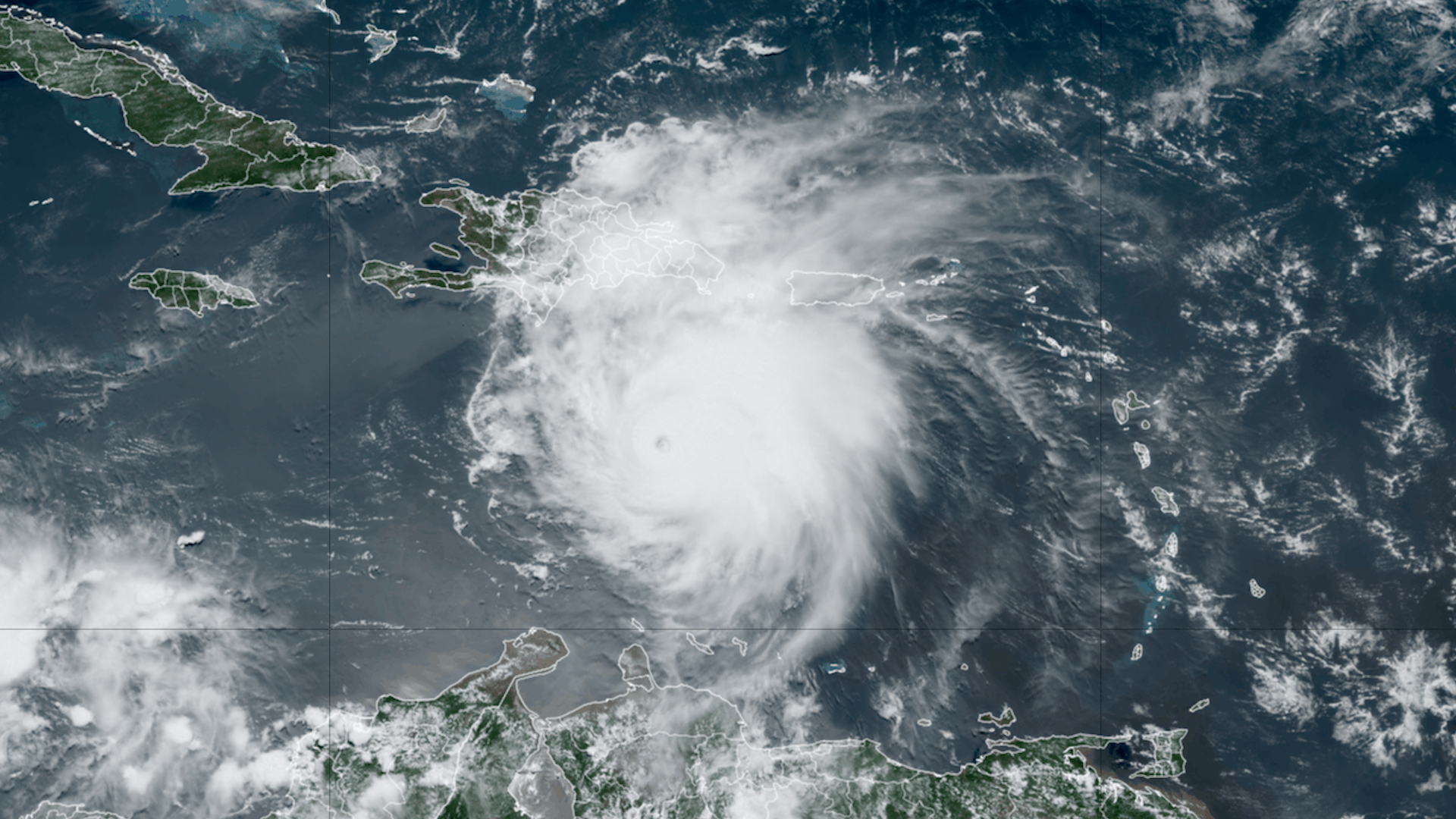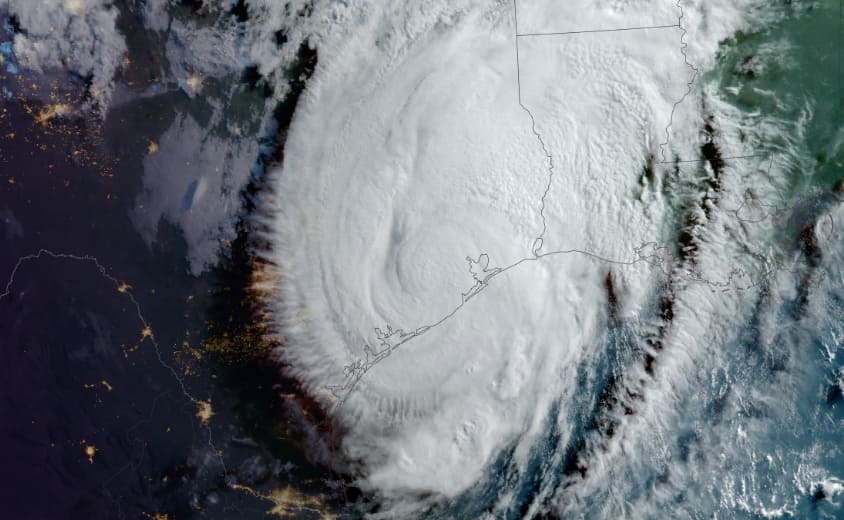When Hurricane Beryl unexpectedly hit Houston, it became the city’s first direct encounter with a tropical cyclone in decades. Initial forecasts had placed its landfall in northern Mexico, but Beryl took a sharp turn northward, impacting Houston directly.
The Category 1 hurricane caused significant flooding and power outages, affecting millions of residents and exposing the city’s vulnerabilities. Meteorologist Matt Lanza expressed concerns about the potential devastation a stronger hurricane could cause, suggesting that Houston might face a disaster akin to New Orleans after Hurricane Katrina.
Historically, Houston has experienced severe hurricanes, with the last Category 4 storm, Hurricane Carla, striking in 1961, and the last Category 3, Hurricane Alicia, in 1983. More recent hurricanes, such as Harvey in 2017, brought unprecedented rainfall rather than severe winds.
Beryl, however, highlighted the city’s unpreparedness for wind damage, as it disrupted the power grid, leaving hundreds of thousands without electricity. Hurricane researcher Kerry Emanuel warned that climate change could lead to more intense hurricanes, exacerbating the city’s challenges.
This year has seen record-warm temperatures in the Atlantic, contributing to an active hurricane season. Beryl’s early formation as a Category 4 storm is a troubling sign for the months ahead.

Houston has faced a series of natural disasters in recent years, including flooding, windstorms, ice storms, and droughts, emphasizing the need for better preparedness and resilience. State Senator Carol Alvarado stressed the importance of state aid for preventative and reactive measures to support affected communities.
The economic and social impacts of storms are particularly severe in less affluent areas, which lack the robust infrastructure of wealthier neighborhoods. Environmental justice advocate Robert Bullard highlighted how repeated disasters erode generational wealth, particularly in historically segregated communities.
Houston is attempting to bolster its defenses through extensive projects like the proposed $57 billion barrier system and ongoing bayou widening efforts, but much work remains to be done.
Jim Blackburn of Rice University emphasized the need for fundamental changes in Houston’s development patterns to reduce recurring storm damage. He suggested that rebuilding in flood-prone areas should be reconsidered, despite the unpopularity of such measures.
The extensive damage caused by Beryl’s relatively mild winds raised concerns about the potential impact of stronger hurricanes, indicating that Houston’s current infrastructure might not withstand future storms.
Houston’s development history reflects a shift from early environmental awareness to rapid, unregulated expansion driven by the energy industry. Post-World War II growth prioritized infrastructure and suburban sprawl, contributing to the city’s current vulnerabilities.
Jonathan Levy of the University of Chicago noted that any meaningful response to climate change must involve Houston’s energy sector. He advocated for creating greenways and pulling back development from vulnerable areas to restore the city’s ecological balance and mitigate future storm impacts.

